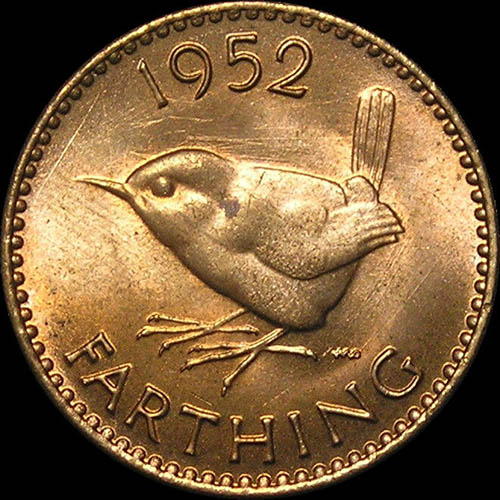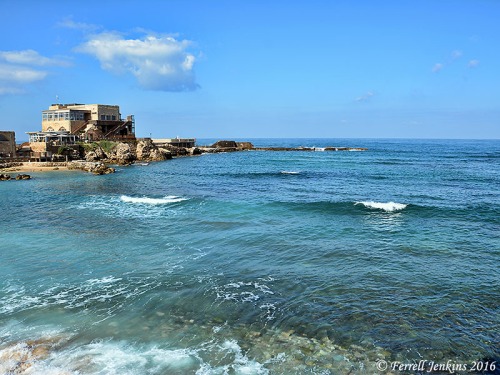To illustrate His lessons, Jesus used illustrations about the grass and flowers of the field, and sparrows to teach God’s care for us.
Are not two sparrows sold for a penny? And not one of them will fall to the ground apart from your Father. But even the hairs of your head are all numbered. Fear not, therefore; you are of more value than many sparrows. (Matthew 10:29-31 ESV)
The penny, cent, or copper coin mentioned here is used for the Greek term assarion. The King James farthing represents a coin of the United Kingdom common in the 17th century, but withdrawn from circulation in 1961.
This Roman copper assarion was worth 1/16 denarius. Some numismatists say this was a quadran, but others say it was larger than the quadran and usually bore the picture of the emperor. This is the term translated farthing in the KJV. The denarius was a Roman silver coin equivalent to the day’s wage for a common laborer (Matthew 20:1-16). Because our currency values vary by the day it is difficult to translate the terms describing coins of Jesus’ time.
One could buy two sparrows for a cent (assarion) (Matthew 10:29) or five sparrows for two cents (Luke 12:6). Citing a document from the time of Diocletian (ruled A.D. 284-305), Deissmann says if we analyze this account as an economic document of the Roman Imperial period we learn three things:
- Sparrows were a very cheap article sold in the market as food for the poor.
- They were sold by the pair or in fives.
- The market price was two sparrows for an assarion.
Deissmann comments about Jesus,
“Even in small things Jesus is great. The unerring eye for actualities that asserts itself so repeatedly in the gospel parables comes out also in the saying about the sparrows… Jesus was in his true element in the market-place, watching a poor woman counting her coppers to see if she could still take five or ten sparrows home with her. Poor, miserable little creatures, fluttering there, such numbers of them, in the vendors’ cages! A great many can be had for a very small sum, so trifling is their value. And yet each one of them was loved by the Heavenly Father. How much more will God care for man, whose soul is worth more than the world!” (Light From the Ancient East 272-5).
If the Lord cares for the sparrow, he certainly cares for you — and me.
Over the years I have eaten my share of fried chicken while visiting with my brethren (and I love it), but I would need to be real hungry to eat the pulley bone (it’s a southern thing) of a little sparrow.
If you have never seen a farthing, just search the Internet for farthing images and you will locate many. Instead of a sparrow, they carry the image of a wren on the reverse side. The one here is from the web page of wybrit.com, a source from which one may buy farthings.




















You must be logged in to post a comment.